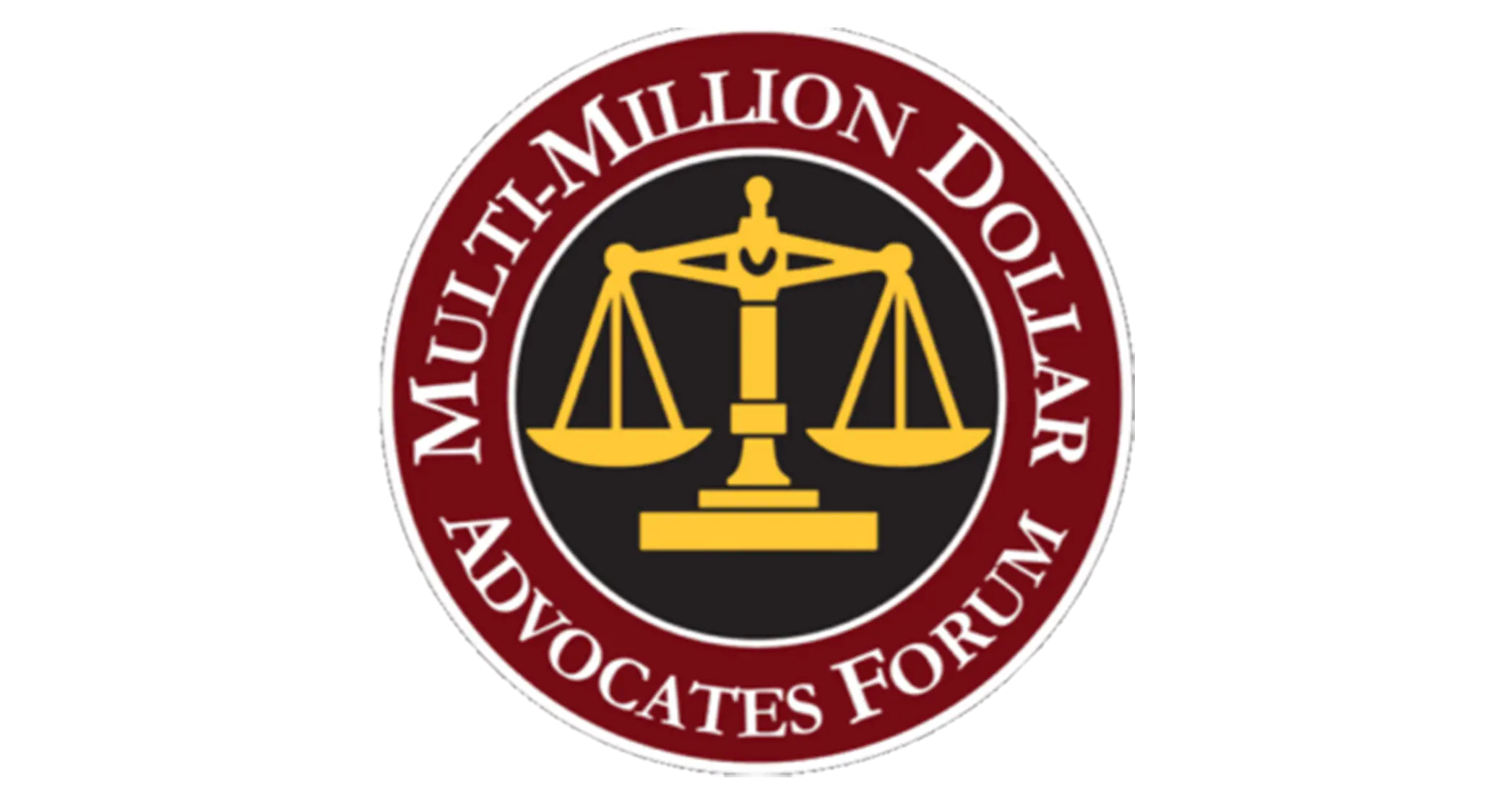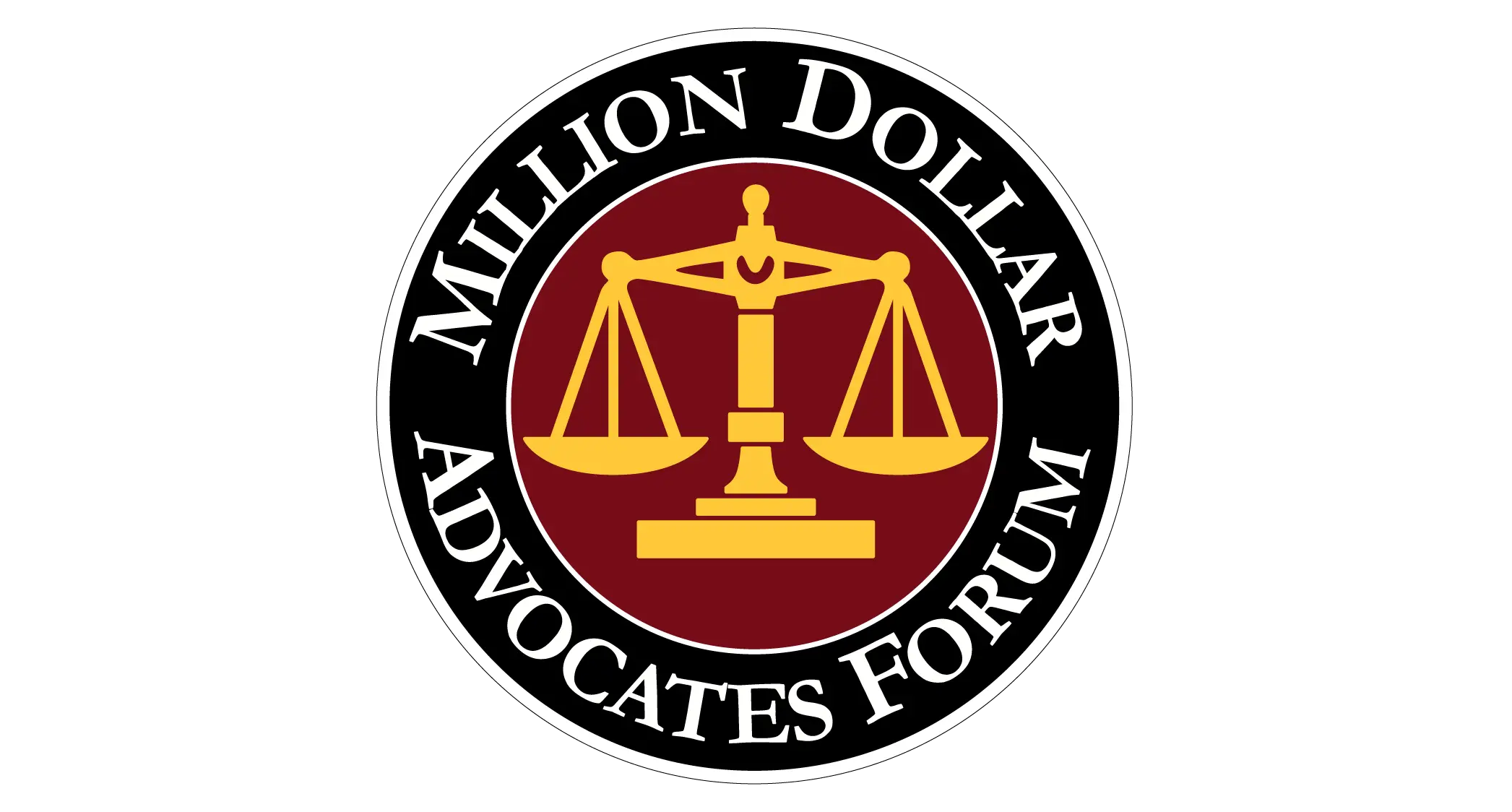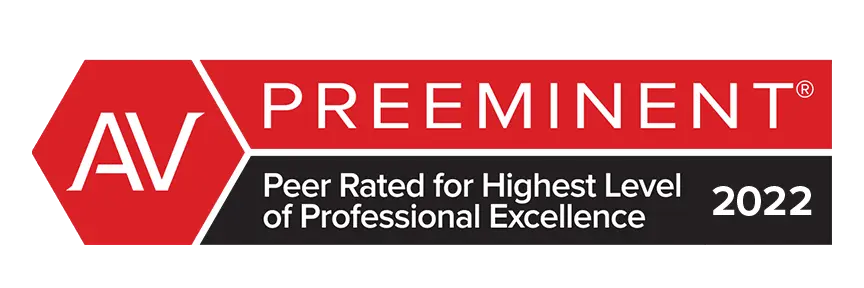Hit-and-run accidents can range in severity from minor bumper taps to catastrophic collisions that leave you with significant damages or injuries. They all have one thing in common, though hit-and-runs all have the potential to cause major physical and financial setbacks with no immediately clear solution for securing compensation.
At The Louthian Firm Accident & Injury Lawyers, we understand the stress and uncertainty you are likely to feel after a hit-and-run accident. An experienced hit-and-run car accident lawyer in Columbia can help you explore your legal options and achieve the outcome you rightfully deserve.
Types of Hit-and-Run Accidents
Hit-and-run accidents come in several types that vary not only in how severe they are but also in where they happen and who they happen to. The type of hit-and-run accident you experience can greatly impact the damages you sustain and the amount of compensation you might receive in an insurance settlement. It might also affect the process of establishing who is at fault for your injuries.
The major types of hit-and-run accidents are:
- Rear-end collisions: These often occur when one driver leaves the scene after a minor bumper tap, believing the other party will not bother filing a claim.
- Sideswipe collisions: Sideswipes occur when the sides of two vehicles collide when one attempts to wrongfully merge or change lanes.
- Parking lot accidents: Hit-and-runs are common when one driver collides with a parked car in a parking lot, thinking there will be no consequences if there are no witnesses.
- Pedestrian accidents: These can be especially catastrophic, causing the at-fault driver to flee the scene in fear of the legal consequences.
- Bicycle accidents: Similar to pedestrian accidents, bicycle hit-and-runs can be highly devastating.
Your Columbia hit-and-run accident lawyer will investigate the cause of your accident and evaluate your injuries to help determine how much you can receive in a settlement. Broken bones, head injuries, and emotional trauma are just a few examples of common injuries from hit-and-runs, all of which are valid grounds for pursuing legal action.
Where Hit-and-Run Accidents Can Occur in Columbia, SC
Hit-and-run accidents can happen anywhere. However, cities like Columbia are home to certain areas where negligent drivers are more likely to cause an accident and flee the scene. In high-traffic areas, the at-fault driver might think they can blend in with other cars before anyone catches their license plate number. In low-traffic areas and secluded neighborhoods, the at-fault driver might think they can get away without any witnesses.
Some places where hit-and-runs are particularly common include:
- Major intersections
- Interstate highways
- Urban neighborhoods
- Parking lots
- Your own driveway
No matter where your accident occurs, a Columbia hit-and-run accident lawyer can increase your likelihood of tracking down the negligent driver and holding them accountable for your damages.
Damages in a Columbia Hit-and-Run Collision
Damages in any personal injury case refer to the financial and personal losses you incur due to the negligence of any parties responsible for your accident. You can recover these damages in a monetary settlement from the at-fault party’s insurance company or by taking the matter to court.
Recoverable damages in a hit-and-run accident include, but are not limited to:
- Current and future medical costs
- Property damage
- Lost wages and loss of earning potential
- Emotional pain and suffering
- Mental trauma
Some forms of damages are non-economic and are difficult to quantify with a monetary amount. When seeking compensation for long-term disabilities, pain, suffering, or other non-economic damages, your Columbia hit-and-run car accident lawyer can help you understand just how much you deserve for even the most complicated damages.
Compensation in Hit-and-Run Cases
When filing a personal injury claim, securing compensation depends on your ability to prove that the other party is liable for your damages. Working with a Columbia hit-and-run accident lawyer can ensure you have the legal guidance you need to establish negligence. Your legal team can investigate the cause of your accident, help track down the negligent driver who fled the scene, and collect evidence that makes it clear to the insurance company who is at fault for the accident.
The exact amount of compensation you can receive in an insurance settlement varies based on the extent of your damage. Your hit-and-run accident lawyer can play a role in organizing your medical records, repair invoices, and any photographic evidence to maximize your potential settlement. It is important to understand the full value of your damages before you accept any compensation, as the insurance company might pressure you into taking a lowball settlement.
Your Uninsured Motorist Policy Could Cover Your Hit-and-Run Damages
One particularly prevalent reason why drivers might flee the scene after a collision is because they do not have insurance that can cover the costs of damages. Knowing they will have to pay for the damage out of their own pockets, uninsured drivers might choose to hit and run rather than face the financial consequences. This may create an extra problem for you, as securing compensation from an uninsured driver might require you to hire a Columbia hit-and-run accident lawyer to take the matter to court and hope that the at-fault party has the finances to cover your expenses.
The silver lining is that your uninsured motorist coverage on your own auto insurance policy can likely cover your hit-and-run damages if the other party lacks sufficient insurance. Since South Carolina state law requires you to carry UIM coverage, you can save a great deal of time and stress if you are the victim of a hit and run. If you are unsure if uninsured motorist coverage will apply to your hit-and-run case, consult with an attorney at our firm to learn more.
Contact Our Columbia Hit-and-Run Accident Lawyers
When you call the The Louthian Firm Accident & Injury Lawyers, you get a Columbia hit-and-run accident lawyer who can support you at every step of your claim. We proudly serve injured motorists in and around Columbia, SC. Contact us for more information about what we can do to help today.






